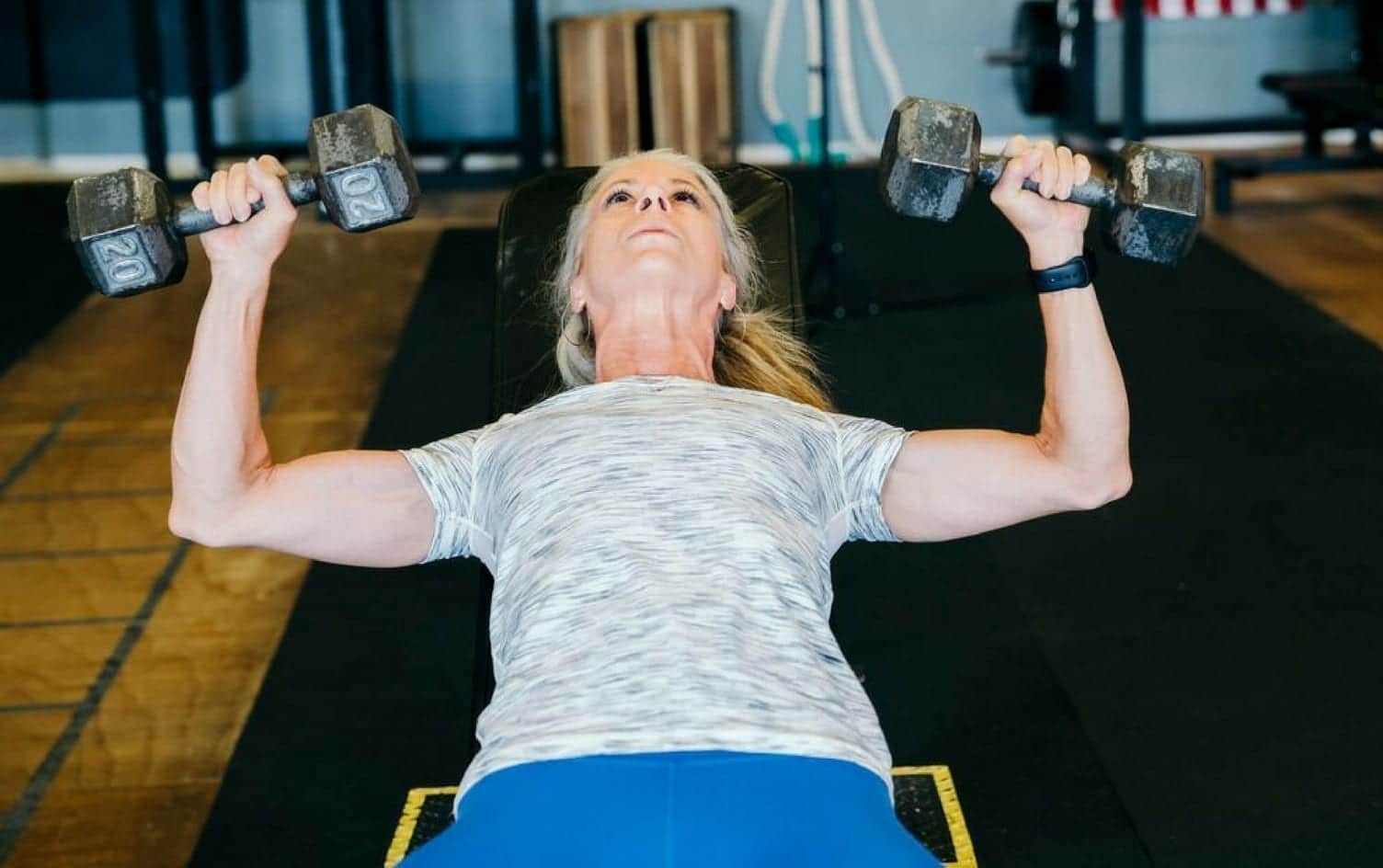When it comes to lifting weights in the gym, it’s important to have a workout plan that helps you achieve the results you’re looking for — not a general plan made for literally anyone.
Of the many ways to organize your workouts, two of the most popular methods are “full-body workouts” and “body-part splits.” But what exactly does each one mean and what’s the right choice for you?
The short answer: It depends on your goals.
The long answer: There are benefits and drawbacks to each one, and there could be a “right” choice for you, depending on your ultimate desires. Once you choose the correct approach, your results will follow.
FULL-BODY WORKOUTS
Full-body workouts target many different muscle groups at once, usually everything from head to toe. In order to avoid training the same areas over and over again (which could cause overtraining), full-body workouts are often separated into “push” and “pull” days, which target the front of your body one day and the rear of your body on another day.
Here’s what a sample workout might include for a “push” day:
- Front squat (legs)
- Bench press (chest)
- Military press (shoulders)
- Walking lunges (legs)
- Ab-rollouts (core)
Here’s what a sample week of lifting might look like on a full-body workout routine:
- Monday: Push day
- Tuesday: Off
- Wednesday: Pull day
- Thursday: Off
- Friday: Push day
- Saturday: Off
- Sunday: Off
(Monday of the next week would be pull day, and so on.)
BODY-PART SPLIT WORKOUTS
Separating your workout by body part — called “body-part splits” — dedicates each workout toward one or two specific muscle areas (ex., a specific day for your chest and triceps, a specific day for your back and biceps, a specific day for legs, etc.). These workouts often consist of many various single-joint exercises, all of which target the same, specific muscles.
Here’s what a sample workout might include for a “chest and triceps” day, for example:
- Bench press (chest)
- Decline bench press (chest)
- Chest flys (chest)
- Dips (chest/triceps)
- Tricep pulldowns (triceps)
- Skullcrushers (triceps)
Here’s what a sample week of lifting might look like on a body-part split routine:
- Monday: Chest and triceps
- Tuesday: Legs and abs
- Wednesday: Back and biceps
- Thursday: Off
- Friday: Shoulders and abs
- Saturday: Arms
- Sunday: Off
PROS AND CONS OF EACH WORKOUT
Pros of Full-Body Workouts:
- Increases overall strength and power.
- Improves nervous system activation.
- Increases conditioning and endurance.
- Improves movement patterns, coordination and balance.
- More hormonal stimulus for growth.
- Burns more calories.
- Improves metabolism.
- More efficient; requires fewer exercises for one muscle group.
- Only requires 3–4 workouts per week, at most.
Cons of Full-Body Workouts:
- Can be fatiguing because so many muscle groups are targeted during each workout.
- Workouts are harder to recover from, especially as you increase volume and intensity.
- Harder to target and grow specific muscles.
Pros of Body-Part Splits:
- Better for increasing muscle size.
- Allows you target specific muscle areas for more physique control.
- Better post-workout “pump.”
- Can reduce muscle and strength imbalances if used correctly.
- Less stressful on nervous system because only one or two areas are targeted with each workout.
- More rest days and recovery for each muscle group between workouts.
Cons of Body-Part Splits:
- Usually requires more workouts per week.
- Less efficient; requires more exercises to target one muscle group.
- Can lead to muscle and strength imbalances if used incorrectly.
- Less overall calorie burn.
- Less emphasis on movement patterns and quality.
WHO SHOULD USE EACH ONE?
Full-body workouts are generally recommended for:
- Beginner and intermediate level lifters who want comprehensive fitness improvements.
- People who want general health improvements (lower blood pressure, lower cholesterol, etc.).
- Athletes (team and individual sports).
- People who primarily want fat loss.
- Seniors who want to maintain and improve movement quality.
Body-part splits are generally recommended for:
- People who want physique improvements (bodybuilders, fitness models, etc.).
- Experienced gym goers who want to improve weak links or increase specific exercises.
- People who want to lift weights often and frequently without taxing their nervous system.
- People recovering from injuries (to strengthen weak muscles and eliminate imbalances).




